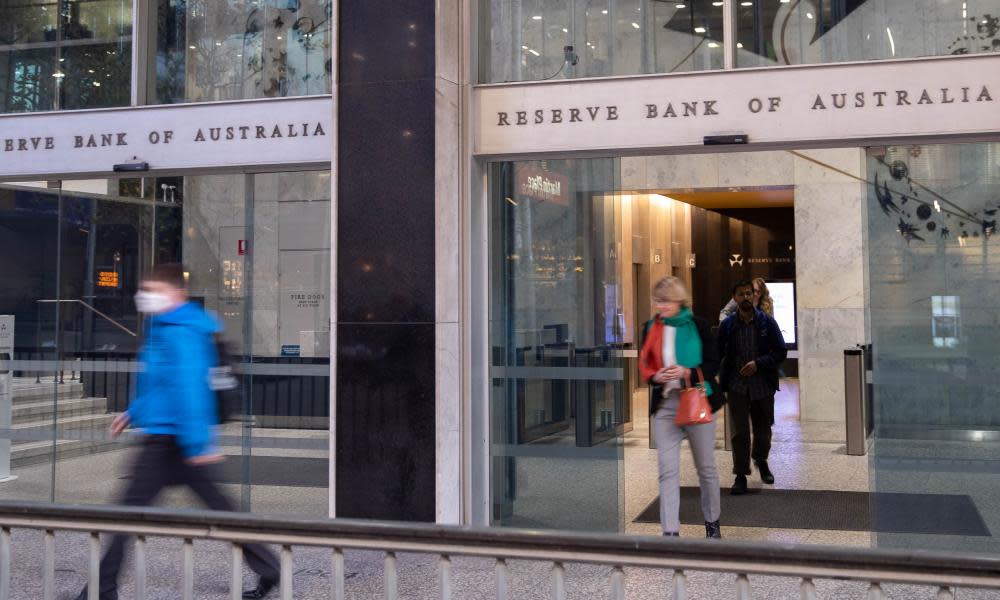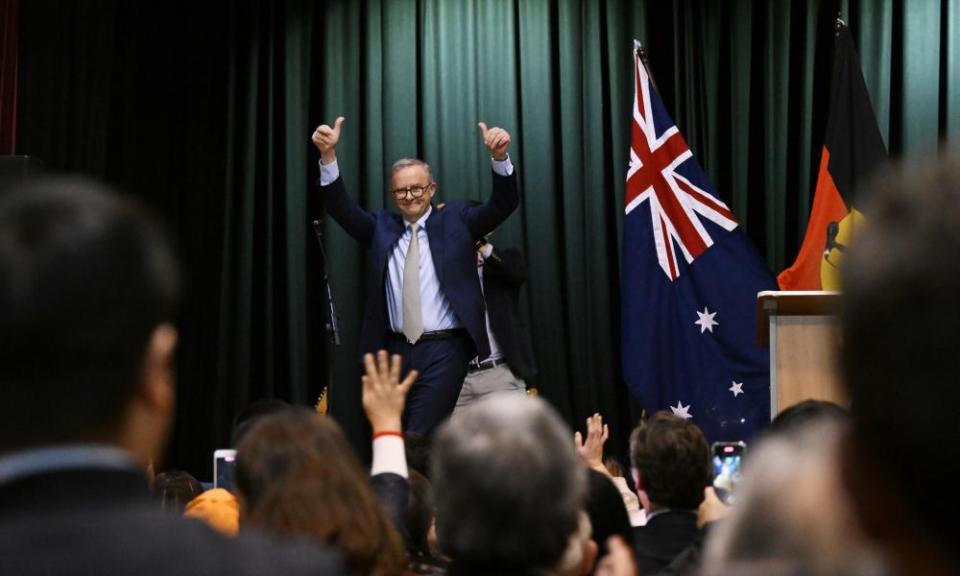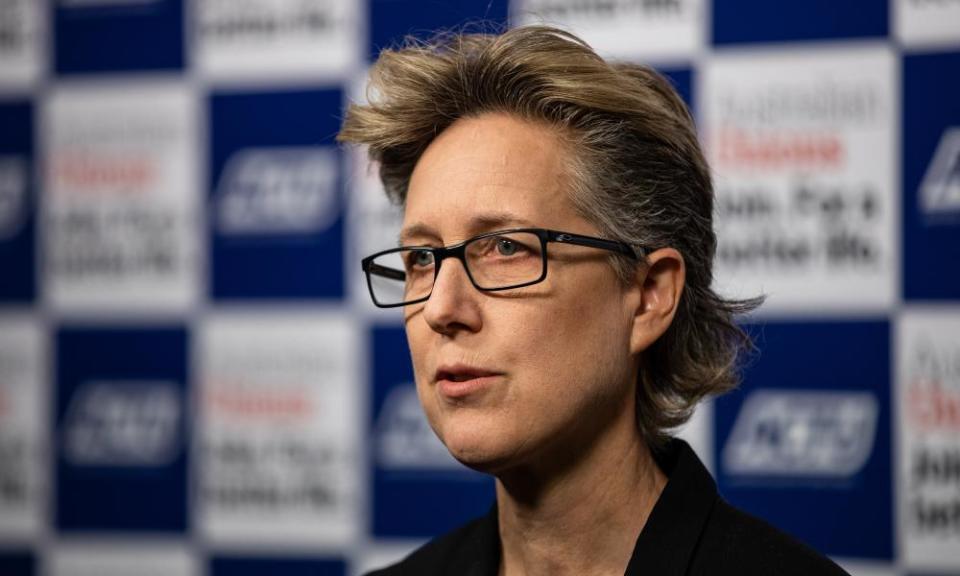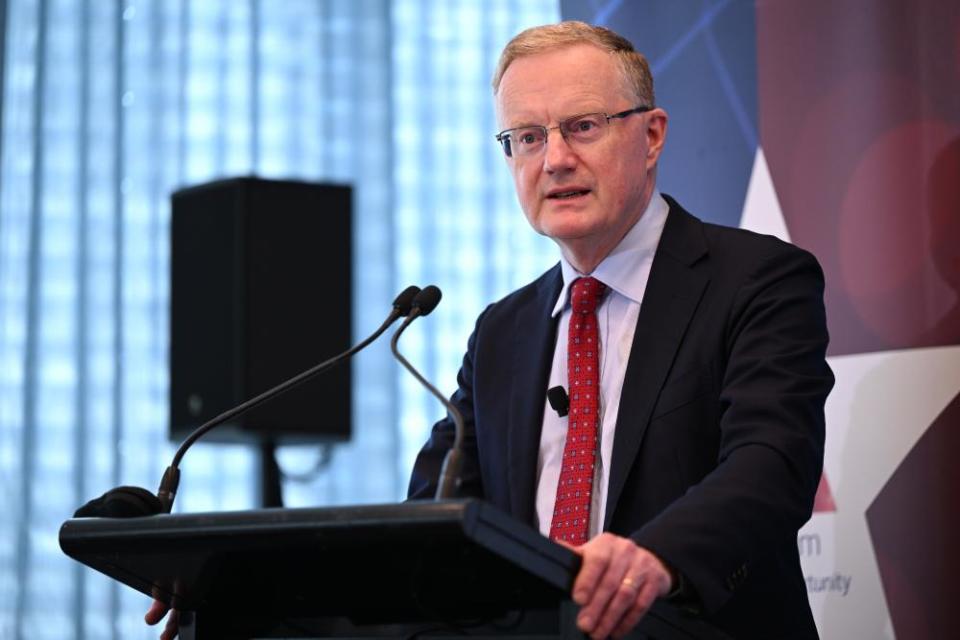What does the Reserve Bank’s 3.5% pay rise ‘anchor’ mean for Australian workers?

After an election fought on rising costs of living and stagnant wages, the Reserve Bank of Australia has put a figure on what most people should get for a pay rise: 3.5%.
With inflation tipped to reach 7% by year’s end, this amounts to a real pay cut for most workers, and less than those on the minimum wage and awards were recently given.
So where did this figure come from? Is it a cap? And is it fair enough for workers to ask for more?
Related: Stagflation: what is it and is it really happening in Australia?
default
What is the problem?
Labor’s formulation in the election was that the cost “of everything is going up but your wages”.
Despite record low unemployment of 3.9%, wages are still only growing at about 2.4%. Because inflation is already much higher than that (5.1%), this means workers’ pay is shrinking in real terms.
Meanwhile, the costs of goods is increasing due to supply side shocks, with the war in Ukraine pushing up petrol prices and floods affecting the cost of fruits and vegetables.
The Coalition’s last budget contained a series of one-off measures, including halving the petrol tax for six months, but there’s no permanent solution for price rises.
What was Labor’s wages policy?

Labor proposed a suite of policies to lift wages, including making a submission in the Fair Work Commission’s annual minimum wage review, supporting the work value case in the aged care sector, and promising same-job same-pay for labour hire workers.
Anthony Albanese said the lowest-paid workers should not see their pay go backwards, telling reporters he would “absolutely” support an increase of 5.1% in the minimum wage.
Shortly after it won the May election, the Albanese government asked the commission in a submission to give the lowest-paid workers an increase of this size.
Did the minimum wage go up?
Yes. The Fair Work Commission ordered a $40-a-week increase in minimum wages, which amounts to a 5.2% increase to the national minimum wage and 4.6% for award minimums.
The decision lifts the pay of 2.7 million workers, with most rises to take effect from 1 July; workers on awards in the aviation, tourism and hospitality sectors will have to wait for 1 October.
Although this still amounts to a real pay cut, it was considered a win for unions, which had asked for a 5.5% rise, and for the Albanese government, because it was a much higher increase than ordered in recent years.
What about other workers?
As the Australian Council of Trade Unions secretary, Sally McManus, noted after the Fair Work Commission’s decision, minimum pay rises do not automatically flow to workers who are not covered by awards.
Although the safety net for wages is now higher, most have their pay set by pay deals negotiated between employers and employees.
In heavily unionised industries, such as construction, unions will ask for a higher wage increase, as much as 6%. Employers responded that minimum wage rises and workplace pay deals seeking rises of that size would increase pressure on inflation.

What has the Reserve Bank said?
On Tuesday, the Reserve Bank governor, Philip Lowe, weighed in on the debate about what wages should be in the medium term.
“I think it remains relevant – over time, we want to deliver you an average rate of inflation of 2.5%,” Lowe said.
“If the country can generate labour productivity growth of 1% … that means that labour costs in the steady state could grow at 3.5%; 2.5% for inflation and 1% for labour productivity growth.”
He said steady state wage increases in Australia should be about 3.5%.
“If wage increases become common in the 4% and 5% range, it’s going to be harder to return inflation to 2.5%, and then we’d be in a world where the economy would have to slow more and perhaps the unemployment rate would need to rise.”
Lowe said 3.5% was kind of “the anchoring point that I want people to keep in mind”.
“I know it’s difficult when inflation is higher than that, but, in the 1970s, we got into trouble because wages growth responded mechanically to the higher inflation rate,” he said.
“Then you have to have higher interest rates and a downturn to get inflation down. I’m hopeful that we can avoid that.”

How did unions respond?
McManus rejected the idea wages would automatically increase to levels that would push inflation higher.
“To think somehow the system is going to deliver across the board pay increases of 5% or 7% is boomer fantasy land,” she said.
“We don’t have centralised wage bargaining in this country, it would not be possible for that to happen.”
McManus said workers’ share of the overall economy is at the lowest level it has been since this has been measured.
“We keep hearing that productivity needs to rise and then we’ll get a pay rise, but productivity is rising and we don’t see those pay rises.”
How has Labor interpreted the 3.5% figure?
The industrial relations minister, Tony Burke, said that Lowe’s figure of 3.5% was an “anchor point” – not a cap – and if the RBA brings inflation back to 2% to 3%, then 3.5% amounts to real wage growth.
Burke agreed with McManus that it would be “very difficult to imagine a scenario where that wage price index starts to get up to 4s and 5s”. Given the wage price index was only 2.4%, the task for government had not changed, he said.
With inflation going to 7%, workers’ wages are going “significantly backwards”. Burke said although the RBA didn’t want wage rises of 4% or 5% to become too common, that did not mean no workers would or should receive 4% or 5%.
So, what pay rise should I ask for?
Workers’ real pay is falling, and wages are not to blame for surging inflation. If everyone got pay rises of 5% to 7% overnight, it might add to inflationary pressure, but nobody thinks that is likely.
Lowe’s figure of 3.5% is higher than the current wage price index (2.4%), so there is room for people to ask for more. The 3.5% figure is not a cap, and until inflation is back at 2% to 3%, higher rises are not excessive.

 Yahoo News
Yahoo News 
